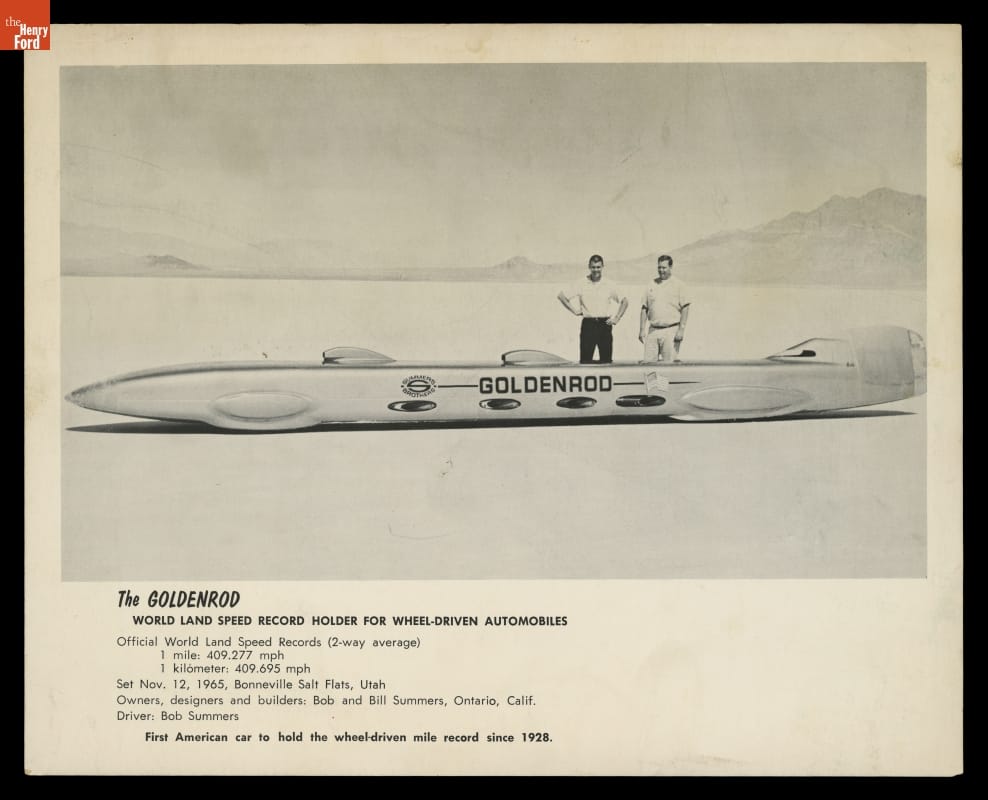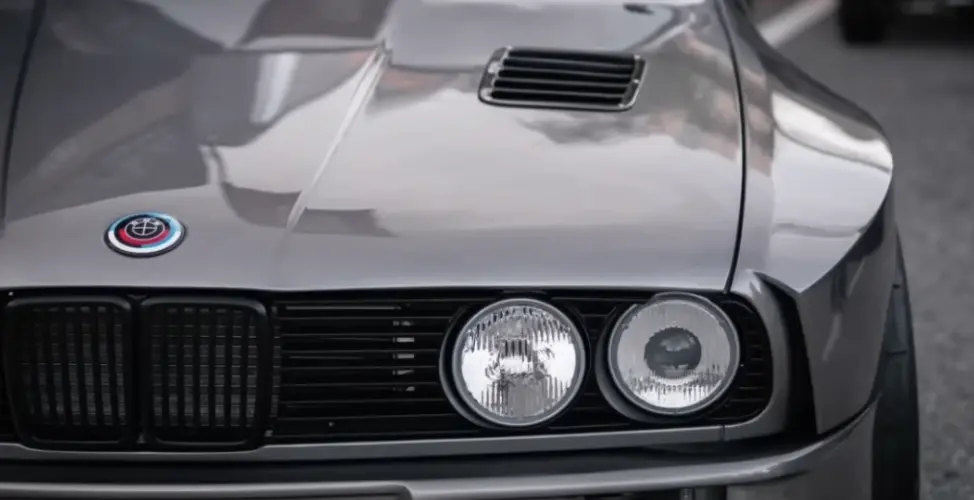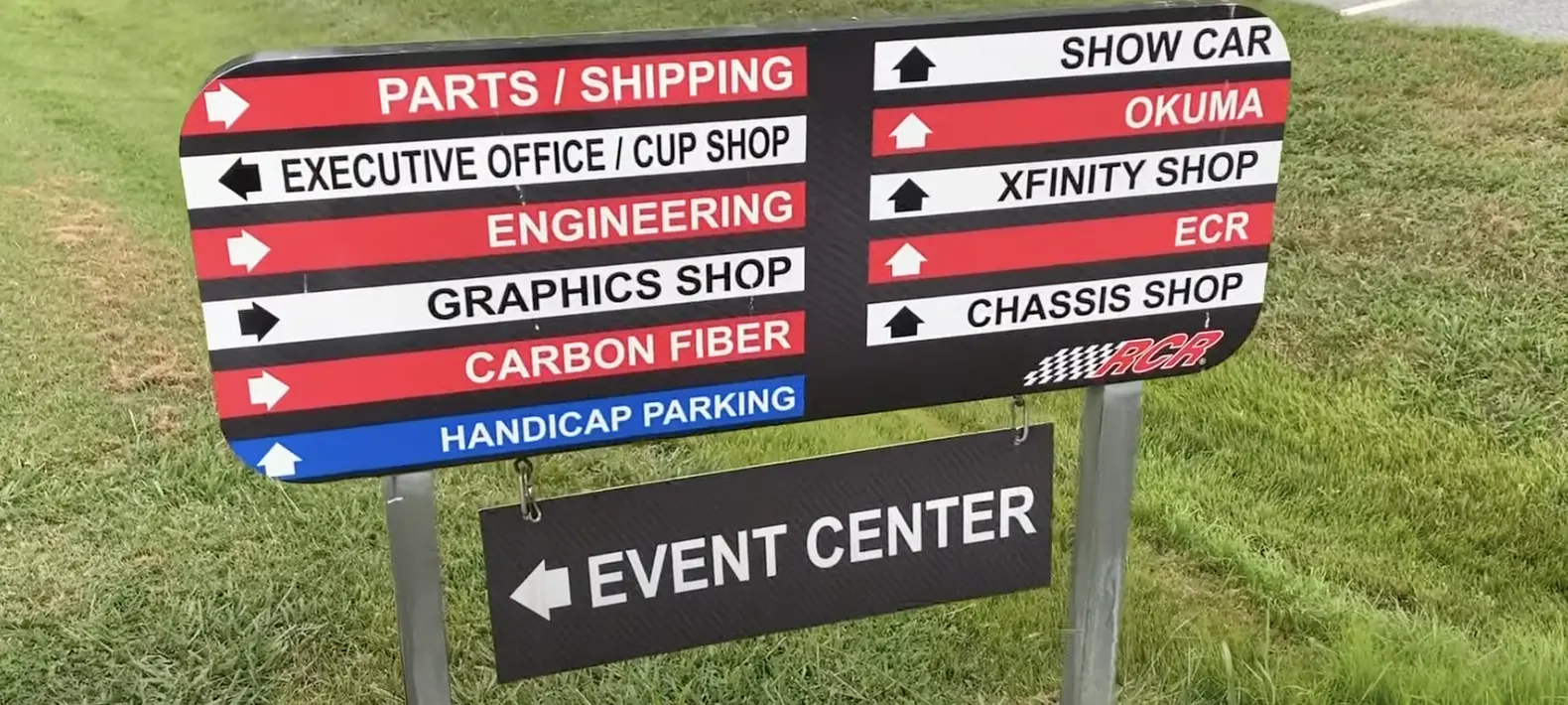In a compelling dive into the formative years of America’s automobile culture, Darryl Holter and Stephen Gee explore the evolution of car dealerships in their enlightening book, “Driving Force: Automobiles and the New American City, 1900–1930.” Published by Angel City Press, the book captures an era when the automotive industry was in its infancy and rapidly becoming a cornerstone of American urban life, particularly in Los Angeles.
Known for its sprawling landscapes and burgeoning population, Los Angeles offered a unique canvas for this automotive revolution. The city’s climate, geography, and the allure of Hollywood contributed to its rapid transformation into a city defined by car culture. However, Holter and Gee emphasize that it wasn’t just these factors alone, but the vision and tenacity of early automobile enthusiasts and entrepreneurs that fueled this growth. These individuals, often transitioning from bicycle shop owners to car dealers, were pivotal in shifting public perception of the automobile from a luxury to a necessity.

The early days of automobile retailing were fraught with challenges, from the lack of manufacturer capital to the absence of a distribution network. Dealers played a critical role, not only as salesmen but as innovators and city planners. They were instrumental in establishing financing options, creating service manuals, and even defining the very concept of a used car, which shaped the foundation of the modern automotive industry.

One of the most interesting aspects highlighted in “Driving Force” is the detailed account of the architectural evolution of car dealerships. Initially small, cramped spaces, they evolved into grand showrooms that mirrored the luxury of the automobiles housed within. This transformation was often in partnership with prominent architects of the time, such as John Parkinson who is noted for his contributions to iconic Los Angeles structures and automotive showrooms alike.
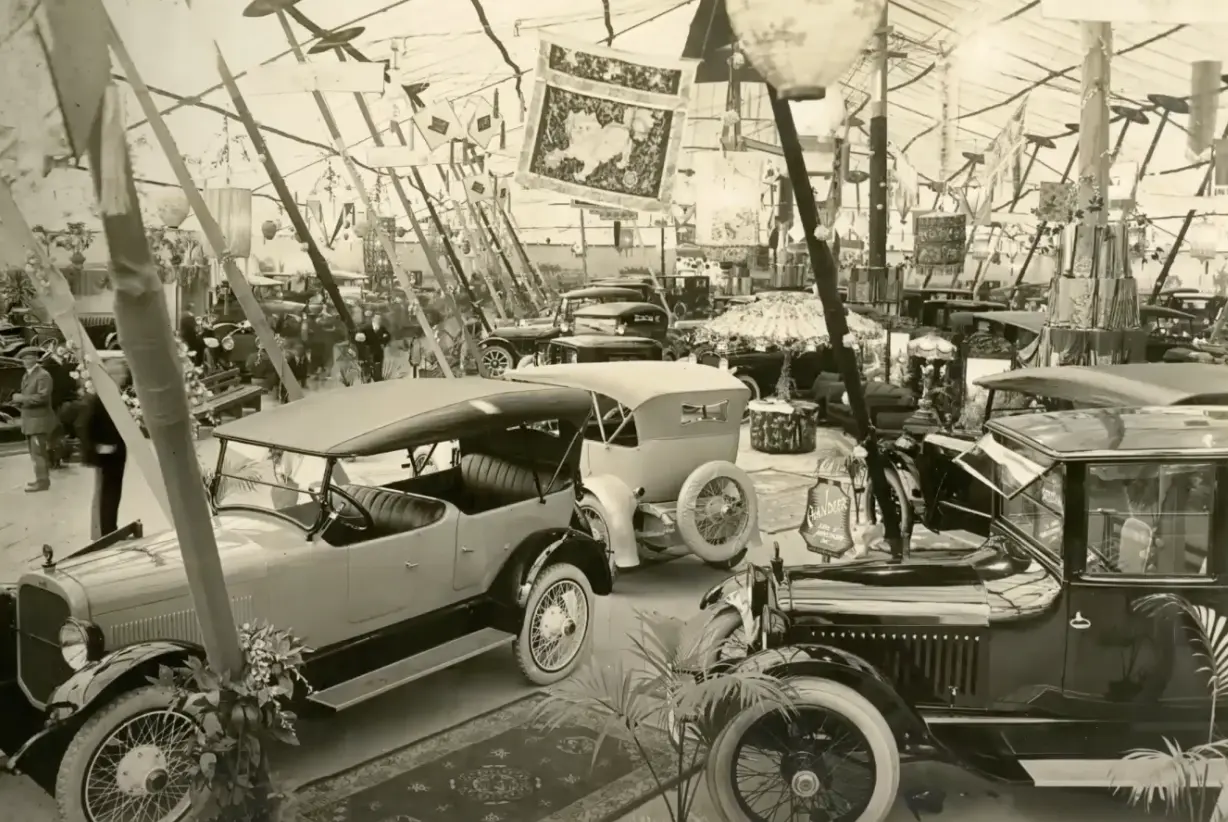
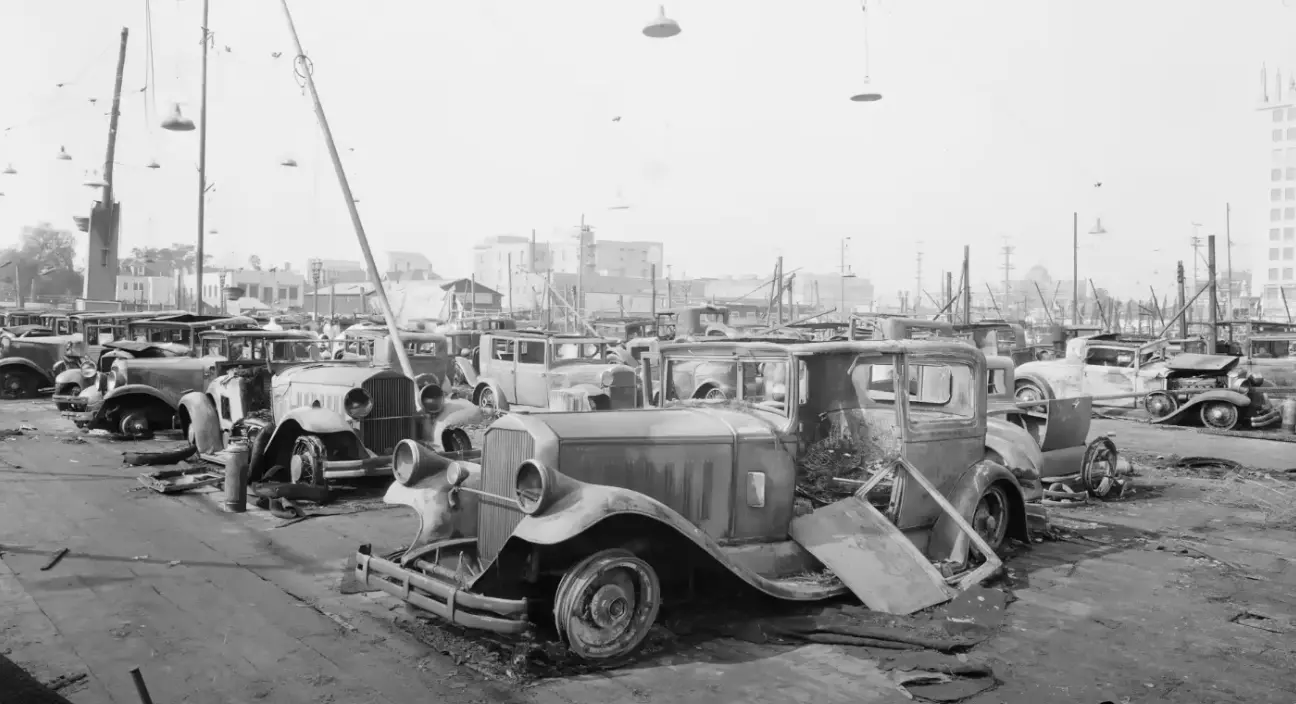
The book delves into the stories of other notable figures as well, including Earl C. Anthony and Don Lee, who are credited for shaping auto retailing and the cultural landscape of early 20th-century Los Angeles. Their ventures into radio broadcasting and television are early examples of how automotive dealers leveraged new technologies to boost their businesses and influence consumer habits.
Moreover, the role of women in shaping the automobile market is another compelling theme in Holter and Gee’s narrative. They illustrate the pivotal influence women had on the automobile industry. As the automobile gained popularity, women embraced the mobility it offered, leading to significant shifts in car design and marketing strategies to cater to this influential demographic. Women’s preferences influenced the development of features such as electric starters, which replaced manual crank starts, making cars more accessible and appealing to female drivers. This shift not only changed the design of automobiles but also the marketing strategies, as manufacturers began targeting women more directly, recognizing their growing role in household purchasing decisions.
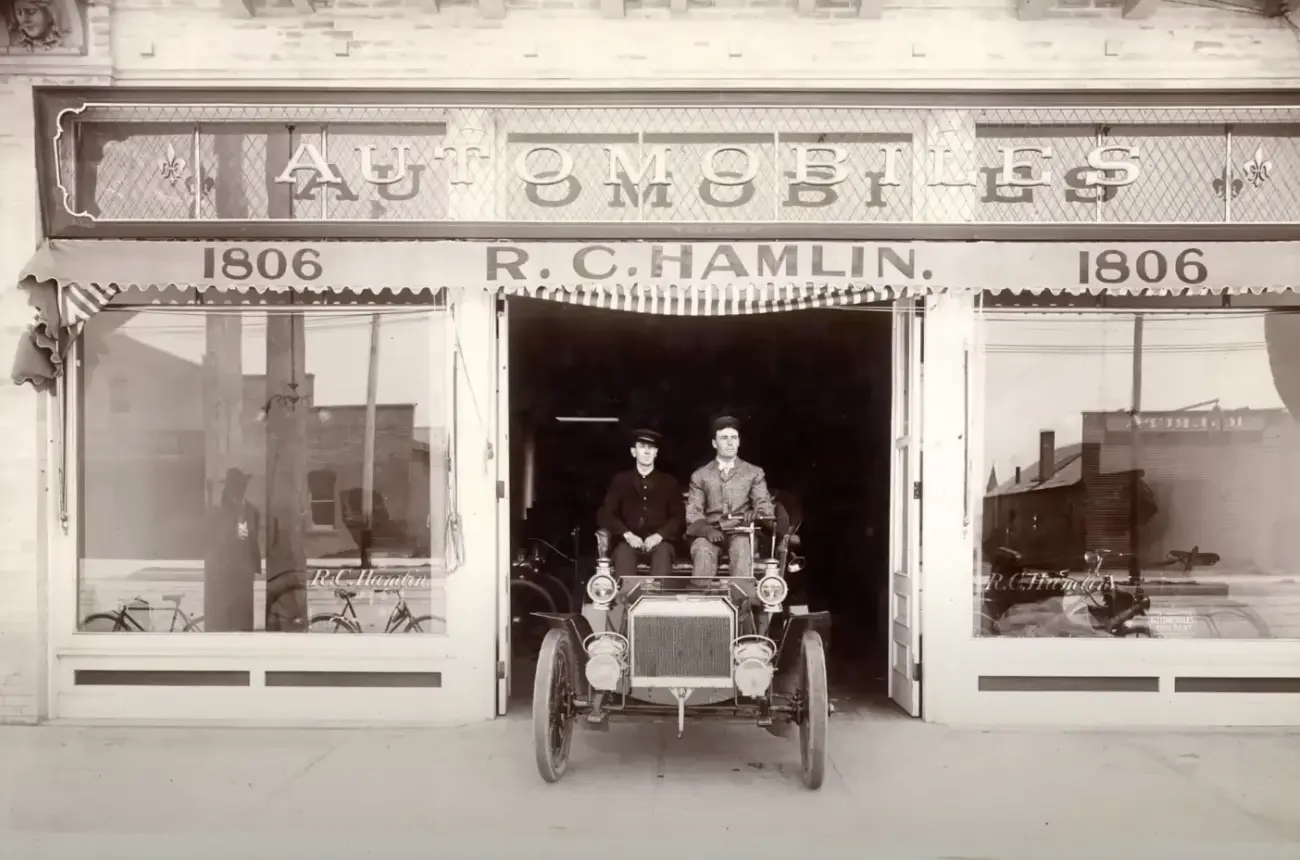

“Driving Force” is more than just a history of cars; it’s a story of a city and its people, a tale of ingenuity and relentless ambition. It captures how Los Angeles became synonymous with automobiles and how these mechanical marvels went on to define the modern American cityscape.


